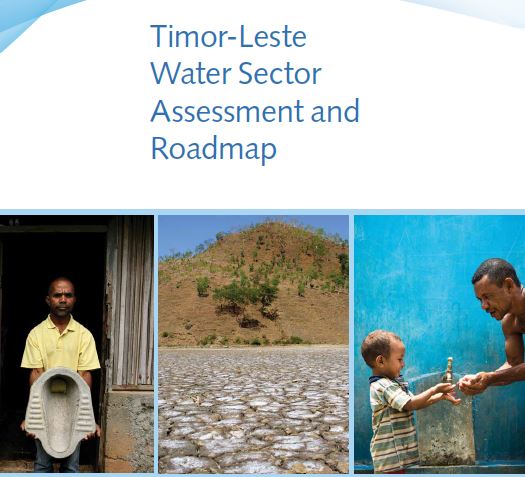Timor-Leste Water Sector Assessment and Roadmap
Despite significant progress since gaining independence in 2002, Timor-Leste’s economy is still struggling with declining oil revenues and slowing economic growth, while access to improved basic services is still low and vulnerability to natural disasters remain high. Timor-Leste is one of the smallest countries in Southeast Asia, with a population of 1.18 million people in 2015, about 70 percent living in rural areas. Decades of conflict have left as much as 90 percent of the infrastructure destroyed at the time of independence, including health facilities, water supply, and irrigation systems. The government has since made efforts to rebuild the country and the economy with emphasis on the provision of key public services, restoring infrastructure, and developing the oil and gas sectors. Today Timor Leste is still fragile in its economic and social development, with high dependence on declining oil and gas resources for state revenue. About 41.8 percent of the population is in poverty, earning less than US$48.37 per month (World Bank, forthcoming), and because of malnutrition and poor access to clean water and sanitation, 50.2 percent of children were stunted in 2013, falling to 49.2 percent in 2014. The development of groundwater resources offers potential for Timor-Leste to meet some of its water management challenges. Many of the institutions as well as the legal and policy frameworks for the water sector are still evolving and developing their capacity. Irrigation scheme rehabilitation has been driven by a target of self-sufficiency in food production. However, recent studies reveal that there are alternatives and more economically viable models for achieving this policy target. Starting from a low baseline, Timor-Leste has met the MDG targets on urban water supply and sanitation.
